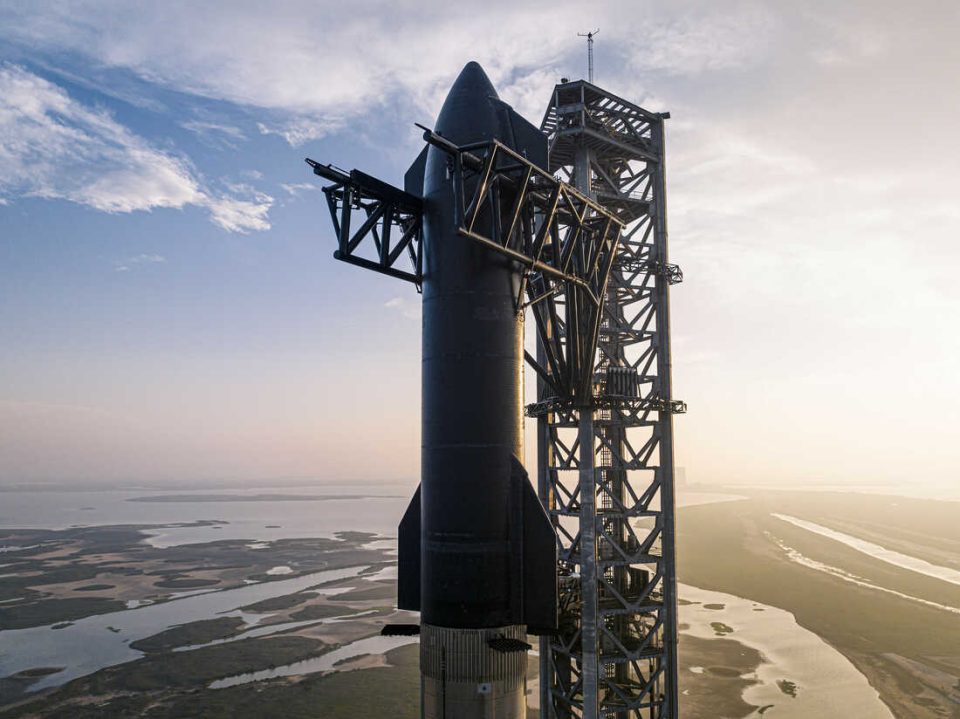SpaceX is getting geared up again for the inaugural test flight of Starship on April 20 at their Starbase Launch Facility in Texas. The test flight of the most powerful rocket ever created was initially scheduled for April 17 but was cancelled and postponed due to a frozen valve.
The company said the launch window would begin at 6:58 pm IST (9:28 am ET) and last 62 minutes. The company will start to live streaming the launch 45 minutes before the liftoff time.
The first launch, on Monday, was called off due to a valve failure that caused pressurisation concerns. Engineers approached the rest of the launch attempt as a practice run, taking teams through all of the launch processes except liftoff.
Success is measured by how much we can learn, which will inform and improve the probability of success as SpaceX rapidly advances the development of Starship, Elon Musk and SpaceX said before the launch.
The vehicle comprises two parts: the Super Heavy rocket booster, which rises 230 feet tall and holds 33 engines, and the Starship spacecraft, which reaches 164 feet tall and rides atop the rocket.
The Super Heavy rocket booster is expected to burn up most of its fuel two and a half minutes after takeoff, detach from the Starship spaceship, and crash into the ocean. The spacecraft will accelerate to nearly orbital speeds, or around 17,000 miles per hour, using its own engines, which will fire for more than six minutes.
After nearly one complete orbit of the planet, the Starship will reenter Earth’s atmosphere near Hawaii. It is expected to land in the Pacific Ocean around an hour and a half after takeoff.
SpaceX is a global leader in the space sector, and its performance is critical to its long-term viability. To ensure its success, the business has welcomed disasters, errors, and explosions to improve the design of its spacecraft.
Early spacecraft prototypes were tested with brief flights that lifted a few dozen feet off the ground before moving to high-altitude flights that ended in dramatic explosions as the corporation attempted to land them upright. In May 2021, one suborbital flight test was successful.


 Signals, Powered By EquityPandit
Signals, Powered By EquityPandit

